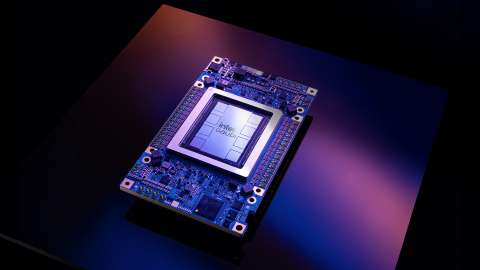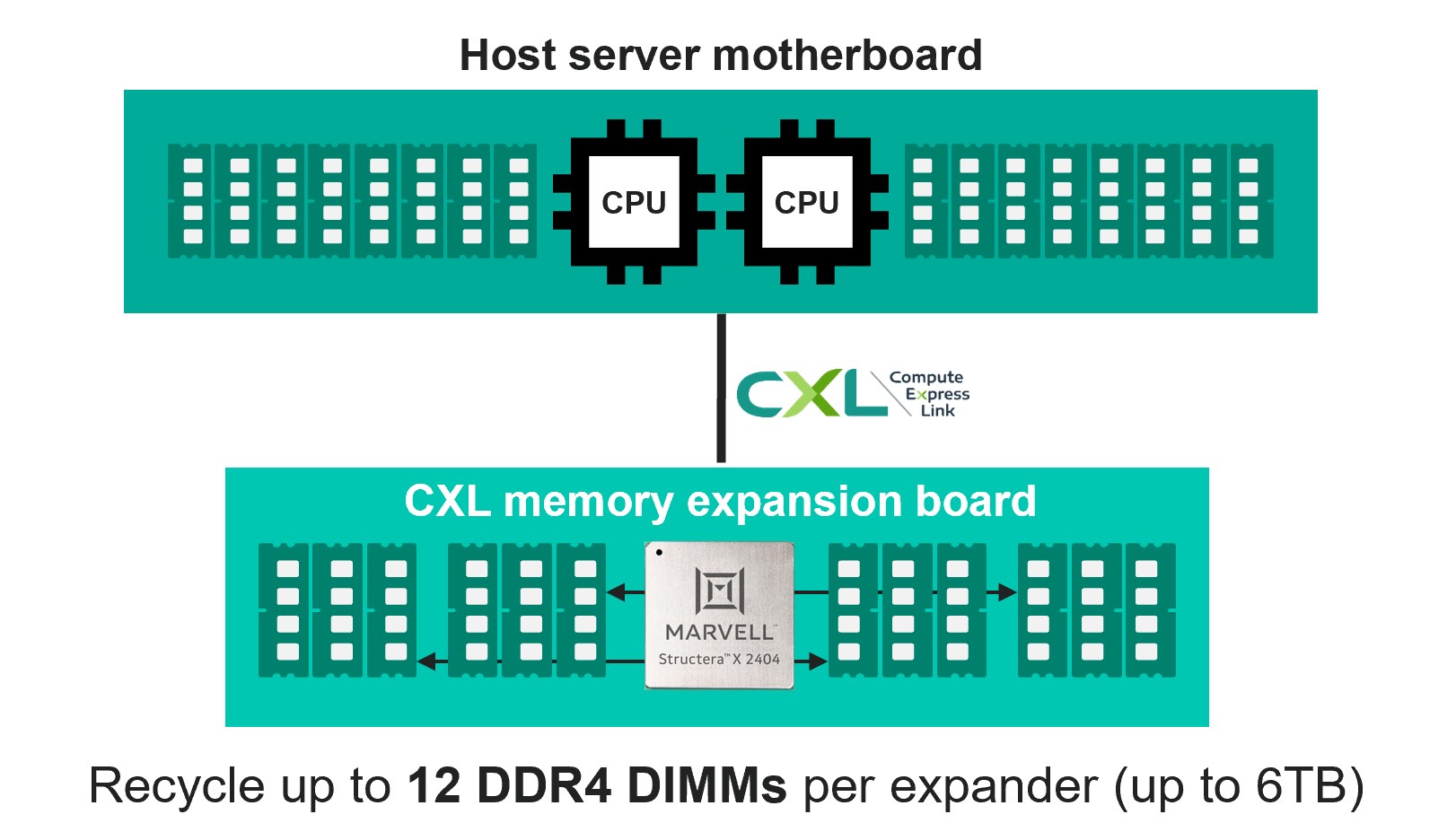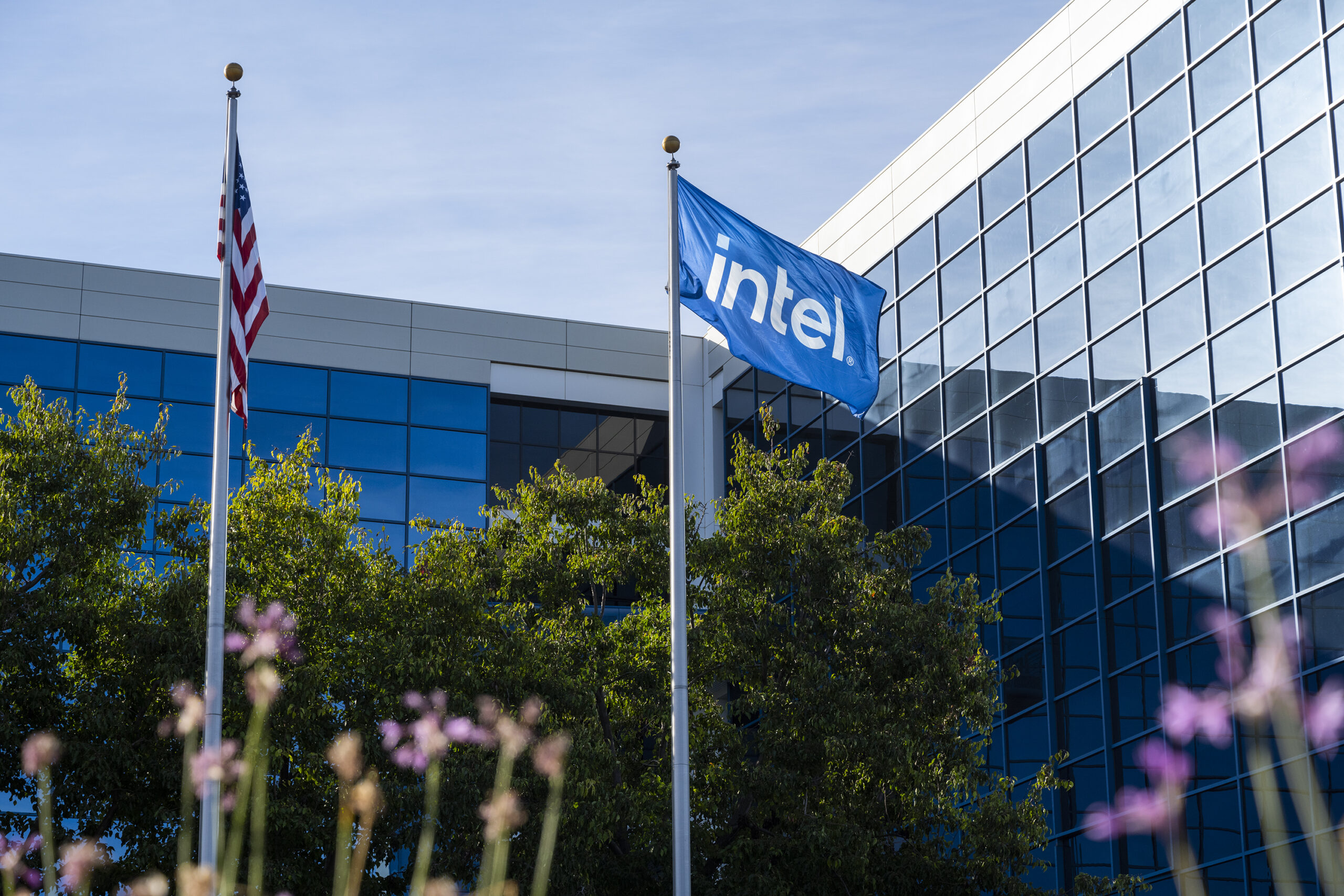IBM and Intel announced a partnership to integrate Intel’s Gaudi 3 AI accelerators into IBM Cloud, which will be available in early 2025. This collaboration aims to enhance the scalability and affordability of enterprise AI, focusing on performance, security, and energy efficiency.
IBM Cloud will be the first cloud provider to offer Gaudi 3, which will also be supported in IBM’s watsonx AI platform, allowing customers to scale AI workloads more efficiently across hybrid and on-prem environments.
The initiative targets enterprises by lowering AI infrastructure costs, providing enhanced control over AI workloads, and improving price-performance ratios for generative AI inferencing.
What is Gaudi 3?
Intel’s Gaudi 3 is Intel’s latest-generation AI accelerator designed to optimize the performance and efficiency of artificial intelligence workloads, particularly in deep learning and large-scale AI applications like generative AI.
As a purpose-built solution, Gaudi 3 accelerates training and inference processes for AI models while maintaining cost and energy efficiency, making it a key player in the enterprise AI infrastructure landscape.
Key features of Gaudi 3 include:
- Enhanced AI Performance: Gaudi 3 handles large, complex AI models more efficiently, supporting higher performance across cloud and data center environments. It accelerates the computational processes needed for deep learning tasks, such as training large neural networks.
- Cost and Energy Efficiency: Gaudi 3’s primary advantage is its ability to deliver high-performance AI acceleration while minimizing power consumption and TCO. This focus on efficiency is critical as enterprises seek to scale AI operations without ballooning infrastructure costs.
- Integration with Xeon Processors: Gaudi 3 works with Intel’s 5th Gen Xeon CPUs, offering a cohesive AI infrastructure for handling diverse workloads.
- Flexibility and Scalability: Gaudi 3 supports scalable AI architectures, making it well-suited for cloud-based and on-prem environments.
- AI Model Acceleration: Gaudi 3 improves the speed and performance of AI training and inference processes, helping organizations reduce time to insight and improve operational efficiency when deploying machine learning models.
Analyst’s Take
What makes the partnership between Intel and IBM stand out is IBM Cloud’s role as the first cloud service provider to adopt Intel’s Gaudi 3 accelerators. This signals IBM’s commitment to staying ahead of the competitive AI landscape by offering customers the flexibility to deploy AI workloads in hybrid cloud and on-prem environments.
Coupling Intel’s Gaudi 3 with IBM’s watsonx AI platform, IBM is enabling its enterprise clients to scale AI workloads more effectively, driving innovation across industries.
From Intel’s perspective, the collaboration extends its market reach in the AI accelerator space, where its Gaudi 3, paired with its latest 5th Gen Xeon processors, promises to deliver enhanced AI performance while optimizing costs. The deal also gives Intel a much-needed opportunity to demonstrate the value of its Gaudi technology, which the company has struggled to sell. Intel has not yet deployed its Gaudi accelerators in the public cloud, even though its largest competitors have a presence within those markets.
This partnership is particularly compelling for industries with stringent regulatory and security requirements, as IBM Cloud’s security and compliance capabilities and Intel’s AI accelerators offer a competitive advantage. The scalability and performance enhancements that Gaudi 3 brings to AI workloads could be a key differentiator for IBM in a market dominated by hyperscalers like AWS, Google Cloud, and Microsoft Azure.
Looking ahead, the integration of Gaudi 3 into IBM’s Virtual Servers for VPC will provide enterprises with a cost-efficient, high-performance AI solution that prioritizes security and resiliency—critical for scaling AI applications in data centers and cloud environments. As the offering becomes generally available in 2025, it will be interesting to see how competitors respond and how quickly enterprises adopt this solution.





